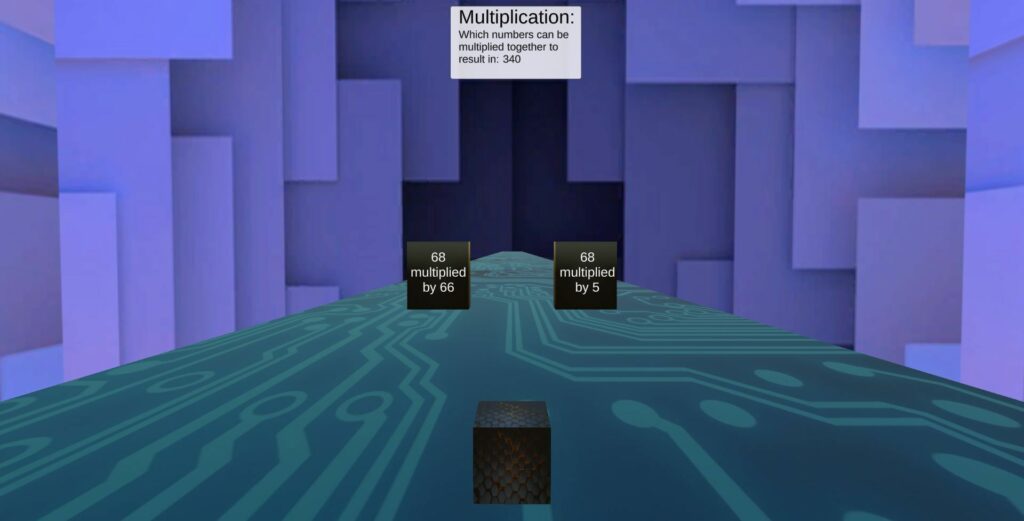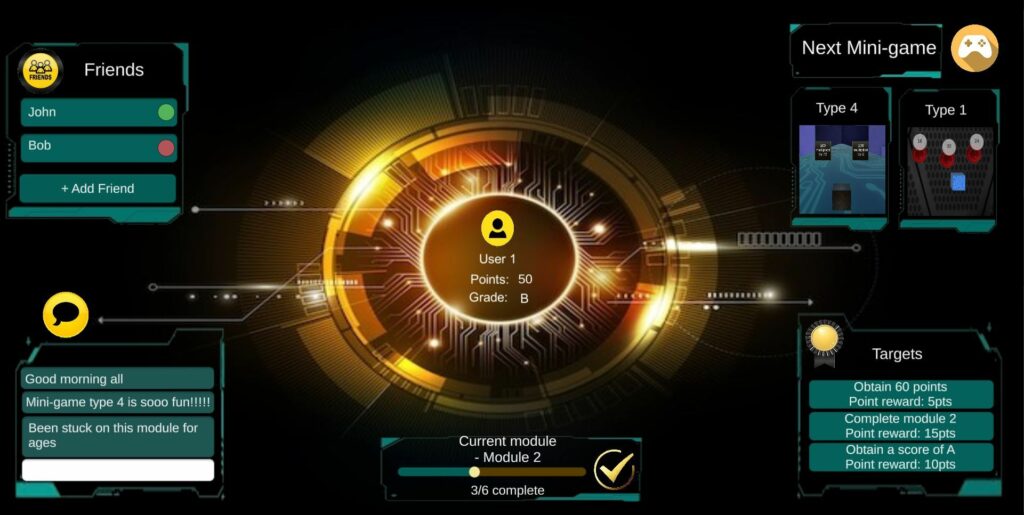The education sector plays a critical role in society, but often faces challenges in maintaining student engagement. Traditional classroom lessons could seem dull, leaving students unmotivated to study independently. Gamification presents a promising solution to this issue, offering a more captivating educational experience.
Although over 60% of teachers surveyed are only vaguely familiar with gamification, its popularity is rising ‒ to the point where over 95% of the students surveyed believe that gamification would help student engagement. Meanwhile, artificial intelligence (AI) continues to advance rapidly, creating new opportunities and innovations. It allows for more adaptive systems, and is a fast-growing area of interest to many.
Social media has proven to be highly engaging, with 90% of the 65 students taking part in the study using it frequently throughout the day. This study explored the potential of combining gamification, AI and social media to enhance the appeal of educational games. It was deemed best to increase user engagement by incorporating strategies from social media, such as: growth hacking, identity prestige, community building, and personalisation. Additionally, the project sought to integrate a self-calibrating system that would utilise learning algorithms to adapt to individual preferences and skill levels. When asked, over 90% of the teachers taking part in the survey further stated that they believed social media techniques would promote user engagement.
The aim of this research was to create an educational game that would harness the power of social media and gamification techniques, towards boosting user interest and ensuring sustained engagement. In achieving this, it would be possible to foster a more effective and enjoyable learning experience for students, paving the way for the broader adoption of gamification in education.
The outcome of this study lends strength to promoting the use of gamification in education, primarily on the grounds that it would encourage further engagement from students.

Figure 1. A screenshot of one of the mini-games available, where the player must move left or right to hit the correct answer to the question appearing at the top of the screen

Figure 2. The main menu at the start of the game, or upon completing one of the available mini-games; through this screen, players may chat with others, add and chat with friends, and select another mini-game, among other functions
Student: Matthew D’Amato
Supervisor : Prof. Alexiei Dingli
